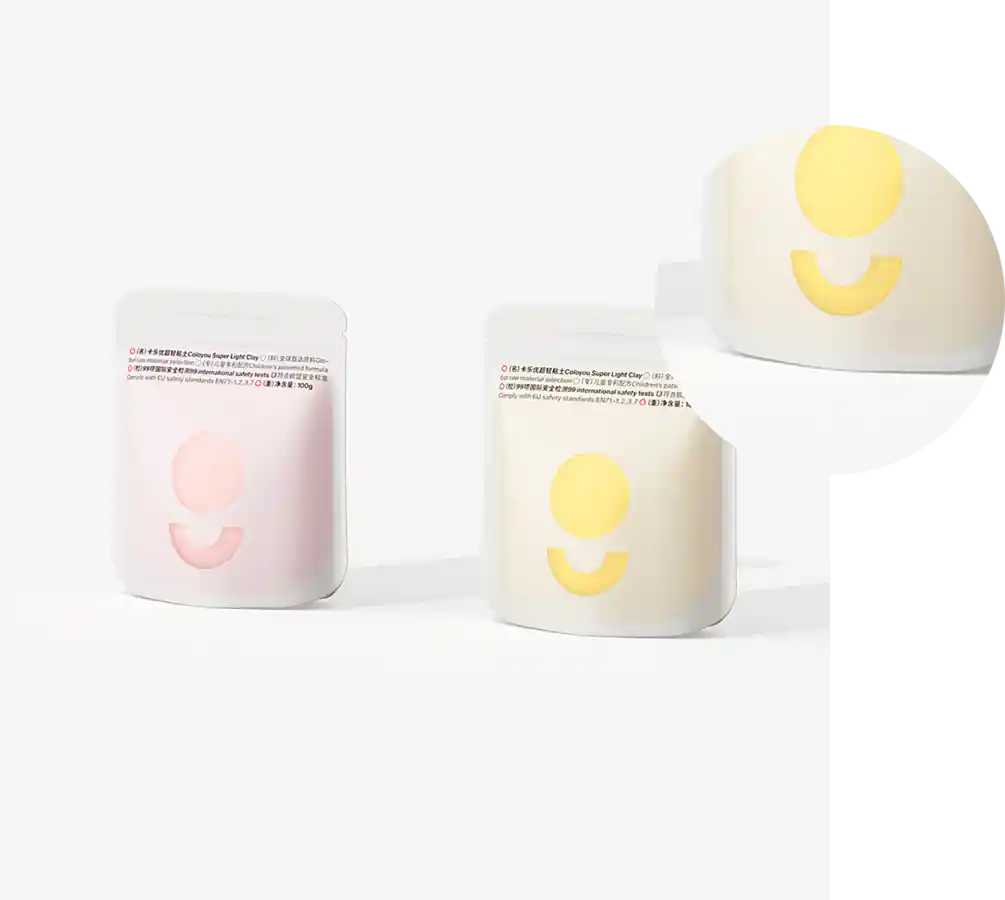- Afrikaans
- Albanian
- Amharic
- Arabic
- Armenian
- Azerbaijani
- Basque
- Belarusian
- Bengali
- Bosnian
- Bulgarian
- Catalan
- Cebuano
- chinese_simplified
- chinese_traditional
- Corsican
- Croatian
- Czech
- Danish
- Dutch
- English
- Esperanto
- Estonian
- Finnish
- French
- Frisian
- Galician
- Georgian
- German
- Greek
- Gujarati
- haitian_creole
- hausa
- hawaiian
- Hebrew
- Hindi
- Miao
- Hungarian
- Icelandic
- igbo
- Indonesian
- irish
- Italian
- Japanese
- Javanese
- Kannada
- kazakh
- Khmer
- Rwandese
- Korean
- Kurdish
- Kyrgyz
- Lao
- Latin
- Latvian
- Lithuanian
- Luxembourgish
- Macedonian
- Malgashi
- Malay
- Malayalam
- Maltese
- Maori
- Marathi
- Mongolian
- Myanmar
- Nepali
- Norwegian
- Norwegian
- Occitan
- Pashto
- Persian
- Polish
- Portuguese
- Punjabi
- Romanian
- Russian
- Samoan
- scottish-gaelic
- Serbian
- Sesotho
- Shona
- Sindhi
- Sinhala
- Slovak
- Slovenian
- Somali
- Spanish
- Sundanese
- Swahili
- Swedish
- Tagalog
- Tajik
- Tamil
- Tatar
- Telugu
- Thai
- Turkish
- Turkmen
- Ukrainian
- Urdu
- Uighur
- Uzbek
- Vietnamese
- Welsh
- Bantu
- Yiddish
- Yoruba
- Zulu
The Toxicity of Silica Gel and Its Impact on Health and Safety
The Toxicity of Silica Gel What You Need to Know
Silica gel is a ubiquitous substance often found in small packets labeled Do Not Eat, which are included with various products to absorb moisture. While it plays a crucial role in preventing spoilage and degradation of goods, concerns about its toxicity often arise. This article aims to clarify the nature of silica gel, its composition, potential hazards, and safe handling practices.
Understanding Silica Gel
Silica gel is primarily composed of silicon dioxide (SiO2), a natural compound found in sand and quartz. The gel form is created by amorphous silica, which is processed into a porous structure, allowing it to adsorb water vapor efficiently. This characteristic makes silica gel highly effective as a desiccant in various applications, from protecting electronics to preserving food and pharmaceuticals.
Is Silica Gel Toxic?
The short answer is no, silica gel itself is not toxic. It is generally recognized as safe when used as intended, such as in packaging. According to the Food and Drug Administration (FDA), silica gel is often classified as a GRAS substance, meaning it is Generally Recognized as Safe. However, while silica gel is non-toxic, it can pose some risks, particularly in specific contexts.
1. Choking Hazard The primary danger of silica gel packets is not toxicity but rather the risk of choking, especially for small children or pets that might mistake the packets for candy. Ingesting the beads can cause obstruction in the throat or digestive tract.
silica gel toxic

2. Dust Irritation While intact silica gel packets are safe, handling or breaking them can produce fine dust. Inhaling this dust can lead to respiratory irritation. Individuals with pre-existing respiratory conditions should exercise caution, as inhaling dust from silica gel may exacerbate their symptoms.
3. Chemical Additives Certain silica gel packets may contain indicators or additives, such as cobalt chloride, which changes color when the gel is saturated with moisture. Cobalt chloride is considered toxic if ingested or inhaled and can cause allergic reactions. It is essential to check the labeling on silica gel packets to ensure there are no harmful additives.
Safe Handling Practices
To minimize the risks associated with silica gel
- Keep Away from Children and Pets Store silica gel packets out of reach of children and animals to prevent accidental ingestion. - Avoid Inhalation Handle silica gel packets carefully. If you need to tear or open them, do so in a well-ventilated area and wear a mask if dust is a concern. - Disposal Dispose of used silica gel packets properly. While they are not hazardous waste, it is still advisable to keep them in a sealed bag until disposal to prevent accidental access.
Conclusion
Silica gel serves a valuable purpose in prolonging the shelf life and maintaining the quality of products. While it is generally safe and non-toxic, awareness of its potential hazards is crucial, particularly concerning choking risks and inhalation of dust. By following safe handling practices, we can enjoy the benefits of silica gel while minimizing any associated risks. Always be attentive to the packaging, and when in doubt, treat it with caution. As long as these precautions are observed, silica gel can continue to play its important role in everyday products without concern.













